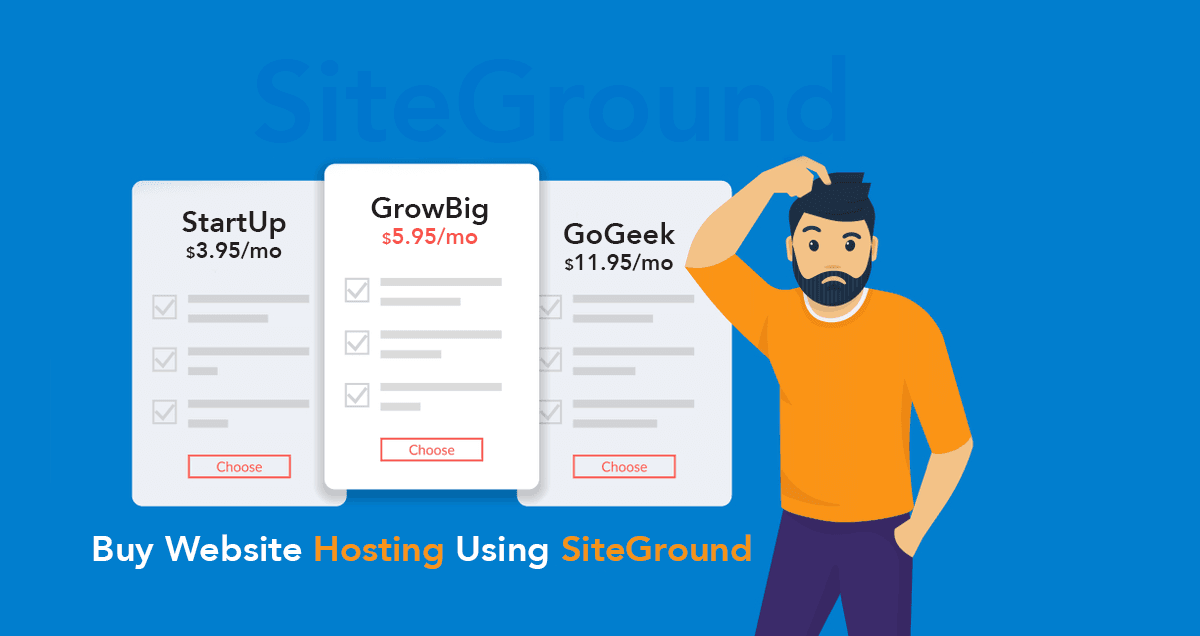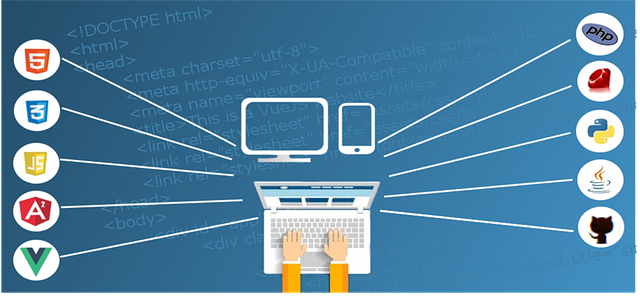
Ubuntu can be installed with the command "apt/get install apache ubuntu". Before you can install Apache you need to make sure that your firewall software permits it. Ubuntu's firewall software is known as ufw. Open ufw. Choose the option "allow connectivity". You will see a message indicating whether Apache is allowed. If Apache is authorized, then you will see "active".
Prerequisites
You must make sure that your Ubuntu-based system meets all prerequisites before installing Apache. For example, you must have access to the sudo command, which allows you to edit files. Additionally, you will need to have administrator privileges on your user account. After completing the prerequisites, you can start installing the web server.
First, enable your firewall. Next, enable port 443. To do this, run sudo "ufw allow" in Apache Full. This will enable HTTPS and HTTPS ports. Also, ensure that at least 50MB is available. Once the installation is complete, the Apache server will use approximately 10MB of disk space. Your configuration options, third-party module and web site size will all affect the space that is required. Also, Apache requires an ANSI-C compiler. If you are using a different vendor's compiler, ensure that it supports ANSI-C. Make sure you have the basic tools in your PATH.

Configuring a UFW Firewall
Once you've installed UFW on your computer, you'll need to set up rules to protect your computer from unauthorized connections. UFW firewall offers several options for setting up its firewall rules. First, you need to define a netmask to prevent UFW from allowing connections from an IP address that doesn't belong on your subnet. Second, you must create a policy that controls the number allowed connections. UFW uses a default policy called "deny". This policy blocks all connections and allows you to connect only to specific accounts. Final, rules can be removed by numbers or names.
UFW can also be used to configure your firewall so that it blocks all incoming connections but allows only outgoing. This is the best default. You can block IP address ranges, programs or ports. Or you can do a combination. You will need to edit /etc/default/ufw to alter the policy.
Reloading Apache Web Server
It is easy to reload an Apache web server under Ubuntu. It can be done using the systemctl command. It may take some time to finish. You may also experience unexpected disruptions to your server if the configuration is large or complex.
Check all configurations, then restart the webserver. Make sure that you do not have any zombie processes in the system. This is essential because sometimes, the web server might be stopped due to an insecure Internet connection.

Configuring virtual hosts
One of the most common ways of allowing multiple domains to run on a single Ubuntu server is by configuring multiple Apache virtual hosts. This powerful tool allows you host many domains on one server, with only one IP address. Virtual hosts allow you to configure any host name and are flexible.
Because there are so many options, this can make it difficult for beginners. But it can be done by following a few simple steps. First, create the directory where your files will be stored. This directory will house the site's data. The default directory for the site will be /var/www. Virtual hosts will have their own.
FAQ
Should I use WordPress, or a website builder
A small website is the best way to build a successful web presence. If you have all the resources and time, then build a website. If you don't have the resources to build a full-fledged site, a blog may be the best choice. As you develop your website design skills, you can always add additional features.
You should first set up your primary domain before you begin building your first website. This will give you a pointer to which to publish content.
Which platform is best for designing a website?
The best platform for designing a website is WordPress. WordPress offers all the features needed to make a website professional looking.
These themes are simple to install and modify. You can pick from thousands of free themes that are available online.
You can also add functionality by installing plugins that allow you to do everything from adding social media buttons to adding forms and contact pages.
WordPress is easy to use. To modify your theme files, you don't need to be able to code HTML. You just need to click on the icon and choose what you want to modify.
There are many options, but WordPress is the best. Millions of people use it every day.
Can I create my own website with HTML & CSS?
Yes! If you've been following along so far, you should now understand how to start creating a website.
Now that you are familiar with how to create a website's structure, you will also need to be familiar with HTML and CSS programming.
HTML stands for HyperText Markup Language. You can think of it as writing a recipe. It would include ingredients, instructions, as well as directions. Similarly, HTML tells a computer which parts of text appear bold, italicized, underlined, or linked to another part of the document. It's the language for documents.
CSS stands for Cascading Style Sheets. Think of it like a style sheet for recipes. Instead of listing every ingredient and instructions, you create general rules about font sizes, colors, spacing and other details.
HTML tells a browser how to format a webpage; CSS tells a browser how to do it.
Don't panic if either of these terms are confusing to you. Follow the tutorials below, and you'll soon be making beautiful websites.
What technical skills do I need to design and construct my site?
No. All you need to understand HTML and CSS. Online tutorials can be found that cover both HTML and CSS.
How do I design a website.
Your customers will first need to understand the purpose of your website. What are your customers looking for?
What kind of problems can they have if they cannot find what they want on your site?
You now need to know how to fix the problems. Make sure everything looks good on your website. It should be simple to navigate and use.
Your site should be very well-designed. It should not take too much time to load. If it takes too much time, people will not stay as long as they want. They'll leave and go elsewhere.
It is essential to determine where all your products reside before you start building an eCommerce website. Do they all reside in one spot? Are they all in one place?
It's important to decide if you want to sell just one product or multiple products. Do you prefer to sell one type of product, or several types?
You can start building your site when you've decided on these questions.
Now it is time for you to concentrate on the technical aspect of things. How will your website work? Will it be fast enough? Are people able to get it done quickly from their computers?
Can people buy things without having to pay more? Is it necessary for them to register before they are able to purchase anything?
These are crucial questions you should be asking yourself. These are the questions that you need to answer in order to be able move forward.
WordPress is a CMS.
Yes. It's a Content Management System (CMS). CMS allows you control your website content using a web browser and not an application like Dreamweaver, Frontpage or Frontpage.
WordPress's best feature is its free pricing! You don't have to pay for anything other than hosting, which your ISP usually provides.
WordPress was initially designed as a blogging platform but now offers many different options, including eCommerce sites, forums, membership websites, portfolios, etc.
WordPress is simple and easy to install. To install WordPress, you will need to download the installer file from their website. Once it is downloaded, upload it to your server. After that, you can simply access your domain name with your web browser.
After installing WordPress, it's necessary to register for a username. Once you log in you'll be able access all your settings via a dashboard.
From here, you can add pages, posts, images, links, menus, widgets, and plugins. This step can be skipped if editing and creating content is easy for you.
If you prefer to work with a professional web designer, you can hire them to manage the entire process.
Is it better to hire a web designer than do it myself?
Don't pay for web design services if you want to save money. But if you want quality results, then hiring someone else to create your website may not be worth the cost.
You can build websites yourself without paying for professional designers.
You can make a beautiful website if you are willing to work hard and put in the effort.
An alternative option to outsourcing your project is to hire an experienced freelance web designer who charges per-hour instead of per job.
Statistics
- When choosing your website color scheme, a general rule is to limit yourself to three shades: one primary color (60% of the mix), one secondary color (30%), and one accent color (10%). (wix.com)
- It's estimated that chatbots could reduce this by 30%. Gone are the days when chatbots were mere gimmicks – now, they're becoming ever more essential to customer-facing services. (websitebuilderexpert.com)
- It enables you to sell your music directly on your website and keep 100% of the profits. (wix.com)
- Studies show that 77% of satisfied customers will recommend your business or service to a friend after having a positive experience. (wix.com)
- At this point, it's important to note that just because a web trend is current, it doesn't mean it's necessarily right for you.48% of people cite design as the most important factor of a website, (websitebuilderexpert.com)
External Links
How To
What is Website Hosting?
Website hosting describes where visitors go when they visit a site. There are two types.
-
The cheapest option is shared hosting. Your website files are stored on a server that is owned by another person. Customers who visit your website send their requests via the Internet over to that server. The request is sent to the server's owner who then passes it on to you.
-
Dedicated hosting - This is the most expensive option. Your website is hosted entirely on one server. No other websites share space on the server, so your traffic stays private.
Shared hosting is preferred by most businesses because it's cheaper than dedicated hosting. When you use shared hosting, the company that hosts the server gives you the resources to run your site.
Both options have their pros and cons. These are some of the major differences between them.
Shared Hosting Pros
-
Lower Cost
-
Easy to Setup
-
Regular Updates
-
It is available on many Web Hosting Companies
Hosting shared with others can cost as low as $10/month. This price often includes bandwidth. Bandwidth refers to the amount of data you can transfer across the Internet. You may have to pay extra for large amounts of data, even if your blog only contains photos.
You will quickly see why you paid so much for your former host once you have started. Many shared hosts offer very little customer support. You'll be on your way after they walk you through setting it up.
It is important to find a provider that provides 24-hour support. They'll take care of any issues that come up while you sleep.
Cons of dedicated hosting
-
More Expensive
-
Fewer Common
-
Requires specific skills
With dedicated hosting you will have everything you need to manage your website. You won't worry about how much bandwidth you are using or how much RAM (random Access Memory) you have.
This means that you'll spend a bit more upfront. However, once you start running your business online, you'll find that you won't need much technical assistance. You will become an expert in managing your servers.
Which Is Better for My Business?
It all depends on the type of website you are creating. If you are selling products, shared hosting may be the best option. It is easy to set-up and manage. It's easy to set up and maintain, as you share a server with other sites. You will likely be updated frequently.
However, dedicated web hosting is the best way to build a community around you brand. Instead of worrying about traffic, you can concentrate on building your brand.
Bluehost.com has both. Bluehost.com offers unlimited monthly data transfers, 24/7 customer support, domain registrations free of charge, and a 30-day guarantee for your money back.